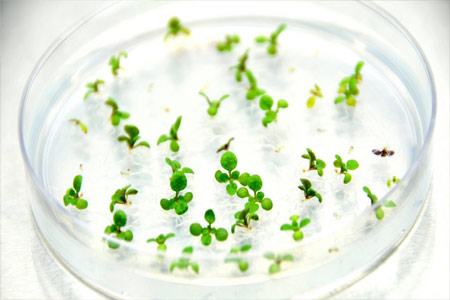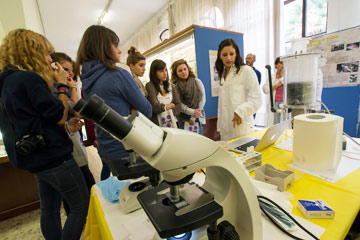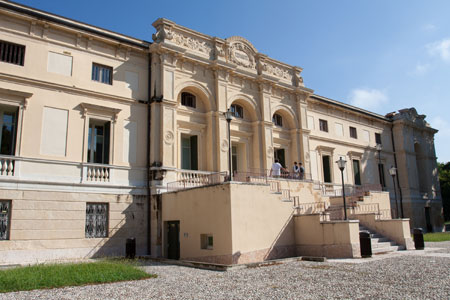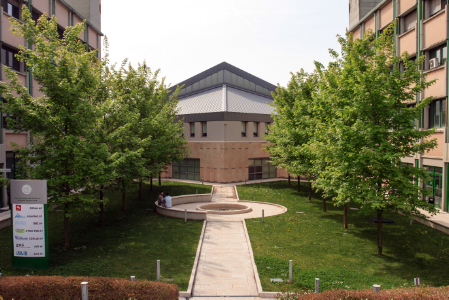To show the organization of the course that includes this module, follow this link  Course organization
Course organization
Learning outcomes
The cell biology course focuses on the main features of the prokaryotic and eukaryotic cell, on structure and function of sub-cellular compartments, on cell division and cytological techniques. The laboratory will support the understanding of the theory and will enable the students to use optical microscope and prepare simple experiments.
Main features of the living organisms: evolution, complexity, cellular organization, metabolism, classification. The cell as the basic constituent of life. Prokaryotic and Eukaryotic cell. Methods for studying the cell: optical microscopy, electron microscopy, specimen preparation, autoradiography, immunocytochemistry, main strategies for sub-cellular investigation. The membrane: functions and biochemical composition. Extra-cellular matrix. Bacterial and plant cell wall: biochemical composition, structure, development, functions. Structure and function of the following compartments: endoplasmic reticulum, Golgi apparatus, Lysosomes and their involvement in endocytosis and exocytosis processes. Vacuole: structure, functions, and biochemical composition.
Mitochondria: structure and function, the respiratory process and the chemiosmotic theory. Role of mitochondria in apoptosis.
Plastids: structures and functions of chloroplasts, chromoplasts and amiloplasts. The light and dark phase of Photosynthesis. The endosymbiotic theory of mitochondria and chloroplasts. Chloroplast-Mitochondrion interdependence. Peroxisomes, Glyoxysomes. Cytoskeleton: structure, functions and biochemical composition of its constituents. Nucleus: structure and functions. DNA and chromatin structures; nucleolus. Ribosomes and protein synthesis. Intracellular protein sorting. Cell cycle, cell division, Mitosis and Meiosis.
The student should prepare a report of the laboratory experiences within a deadline before the exam. The exam will deal with the arguments of both the Cell and Plant Biology courses. It will consist of a written test. The student who will have passed the written test might integrate it with an optional oral test.








